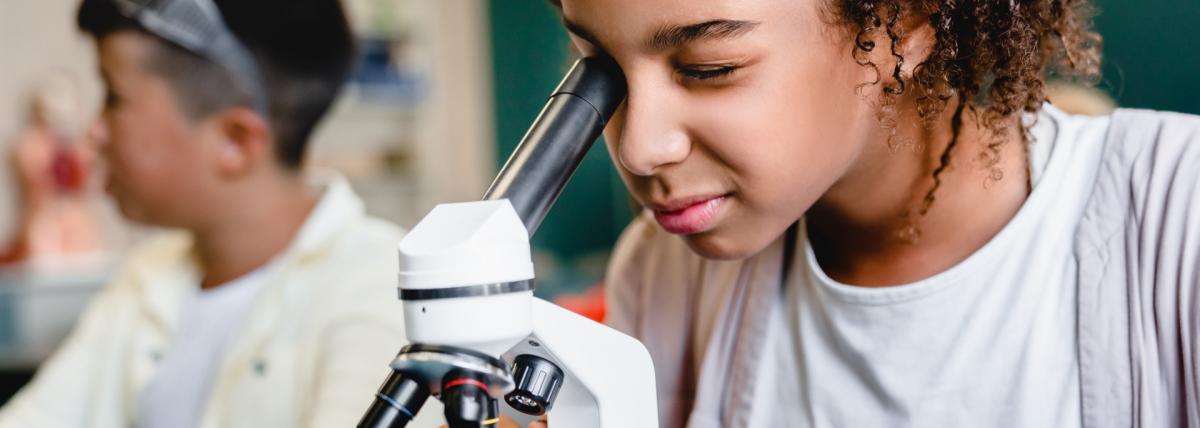
Model Building For Natural Disasters Unit
Model Building For Disaster is a 4-6 week unit in which students research natural disasters around the world and their effect on developing countries. Following their research, student teams design and construct a building model within a set budget and material constraints that would withstand a natural disaster. Following which, students test their designs in an earthquake, hurricane, tsunami, and mudslide simulation. Students collect data and evaluate their designs. Lastly, students reflect on the accuracy of the simulation and the real life application of natural disaster preparedness especially for developing countries.
Materials: cardboard, string, hot glue, masking tape, Popsicle sticks etc for building models. 3 box fans, large cooler, shaker table, tote or baby pool, dirt, water for simulations.
Lesson Plan Link/URL
https://docs.google.com/presentation/d/1vc1xQWR2MljaduS0YafLyh_XQQPpT1Gh/edit?u…Subject Area
Science Physical Science P4: Energy Transfer Earth and Space Science E1: Earth Systems Technology 4. Innovative Designer 5. Computational Thinker 7. Global Collaborator Engineering S1: Engineering & Global Society S2: Apply the Engineering Design Process S3: Apply Mathematics to Engineering S4: Apply Science to Engineering Mathematics Measurement and Data (MD) Geometry (G) Statistics and Probability (SP) English Language Arts (ELA) Reading (Informational Text) Writing Speaking & ListeningRelated Content

Within this lesson, students will present their master-planned community to a test audience and potential clients. Focus is on presenting to the client rather than reading information off the slide


Quail Farming
Students will learn about the three pillars of sustainability through their quail farm. They will incubate, raise and restock their quails in order for them to be sustainable regardless of what